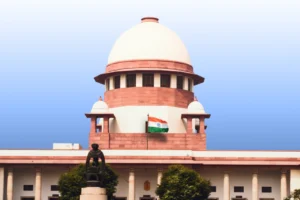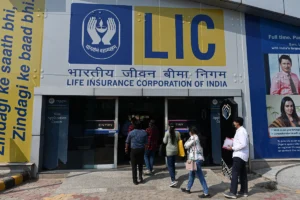
NPS
Government employees are worried that they won’t receive 50% of their last wage as pension under the National Payment System (NPS), which is a result of the initial group of participants quitting the programme. The average length of service for people who have already left the NPS is nine years, with a high of little over 18 years.
Many times, such as in Himachal Pradesh and other states, contract workers were hired as full-time public servants considerably later in the course of their employment and did not get the full accumulation of NPS at the time of departure. governmental sources state
A high percentage of employees who work for the government do so before they are 30 and pay taxes for 30 years, with the company contributing 14% and the employee contributing 10% of their base pay.
However, a number of people later join, some of whom do not get the complete play due to court requirements. An official noted that some of these employees would not even have been eligible for pensions under the previous pension plan.
According to government experts, a person should invest for at least 30 years to receive a good retirement benefit. A plan is being developed by the committee led by T V Somanathan, the finance secretary, to protect employees’ interests as well as that of the federal government and state governments.
Even with a set contribution for the duration of the service period, an analysis on the NPS Trust website demonstrated how the tenure and quantity of annuity a donor chooses can have a significant impact (see graphic).
Even if there has been demand and a turnabout in several states, including those that are run by opposition parties and following the populist path, the Centre has so far ruled out any return to the Old Pension Scheme (OPS).
In the OPS, there was no employee contribution, and the government paid out 50% of the final salary as a pension, which was then adjusted for inflation twice a year and synchronised every ten years with the pay commission award. Because the government does not set aside money from the annual budget for expected retirement benefits for all employees and pensioners, there is what prudent policymakers and economists refer to as an unfunded pension liability, which restricts the amount of money that can be spent on welfare and development for all citizens.
“Where is the source of the noise? The majority of it comes from people who left the programme before even finishing 20 years. According to an official, a significant portion of the gain results from compounding over a long period of time. NPS was made mandatory by the Centre for all new government hires beginning in January 2004. Several years later, during the administration of Manmohan Singh, nearly all states adopted a similar strategy.
The returns for the three fund managers in charge of the government NPS range between 9.37% and 9.6%. According to government sources, many of the departing government workers only used 40% of the corpus to buy annuities, which decreased their monthly income. Furthermore, given that the initial corpus is returned to the survivor, some of them chose annuities with return of purchase price, which offer the lowest returns. In contrast, OPS does not require the return of capital and instead offers a pension as well as a family pension (of 50% full pension) for the spouse.
To read more such news, download Bharat Express news apps






















